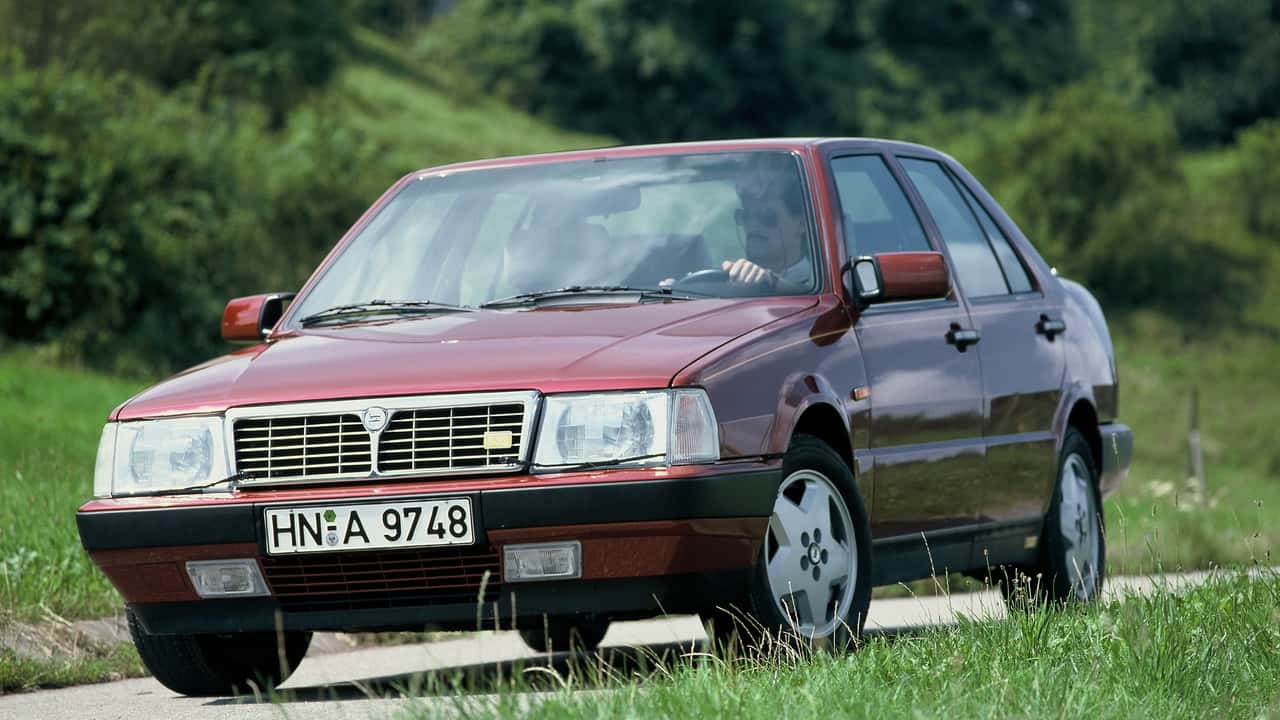Supercars and sports cars are expected to come with high-powered engines and cutting-edge technology. When they don’t, it’s usually a letdown.
Conversely, everyday family cars and SUVs like the standard BMW X5, excluding its M variants are typically equipped with fuel-efficient engines designed to offer just enough driving enjoyment without excessive performance.
That’s why it’s always thrilling to discover a seemingly ordinary vehicle hiding a massive V8 or even a race-bred V12 beneath its hood.
In some cases, the only giveaway might be a set of upgraded wheels or a subtle body kit. In others, the car undergoes a complete transformation, evolving into a muscle-bound version of its tamer counterpart.
We’ve explored some of the wildest examples of everyday cars fitted with extraordinary engines and investigated the reasons behind their creation.
The criteria for this list included cars that would typically be considered ordinary if not for their outlandish powertrains. We examined both production models and concept vehicles, arranging them alphabetically.
1. Alfa Romeo 147 GTA (2000-2010)
Engine: 3.2-liter V6
Horsepower: 247 hp
Torque: 221 lb-ft
0-62 mph: 6.3 seconds
The Alfa Romeo 147 was a sleek, compact family car known for its lively yet efficient engines a category in which Alfa once excelled.
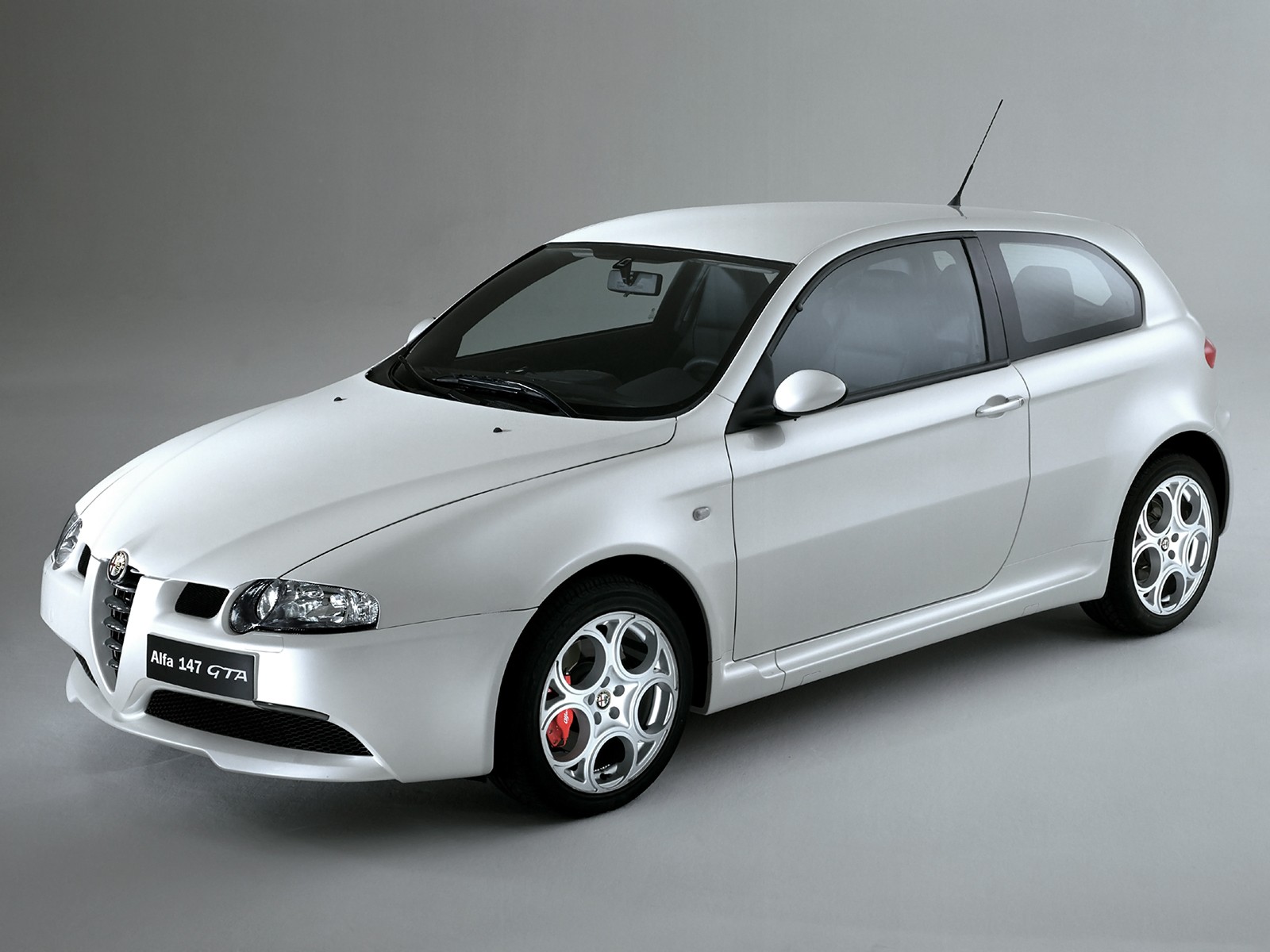
Then came the 147 GTA, a machine that defied expectations by cramming a 3.2-liter V6 under the hood, producing 247 horsepower. This transformed the humble hatchback into a seriously fast car.
However, despite its striking appearance and intoxicating exhaust note, the front-wheel-drive layout meant drivers often had to wrestle with severe torque steer, making full use of its power a constant challenge.
Also Read: Top 10 Cars that Excel in Interior Styling and Comfort
2. Aston Martin Cygnet V8 (2018)
Engine: 4.7-liter V8
Horsepower: 430 hp
Torque: 361 lb-ft
0-60 mph: 4.2 seconds
The original Aston Martin Cygnet was a controversial creation a rebadged Toyota iQ with a fancier grille and an interior draped in high-end leather.
Marketed as “a luxury solution to urban mobility,” it was essentially an expensive compliance car built to meet stringent emissions regulations.
However, at three times the cost of the mechanically identical iQ, it failed to attract many Aston Martin customers.
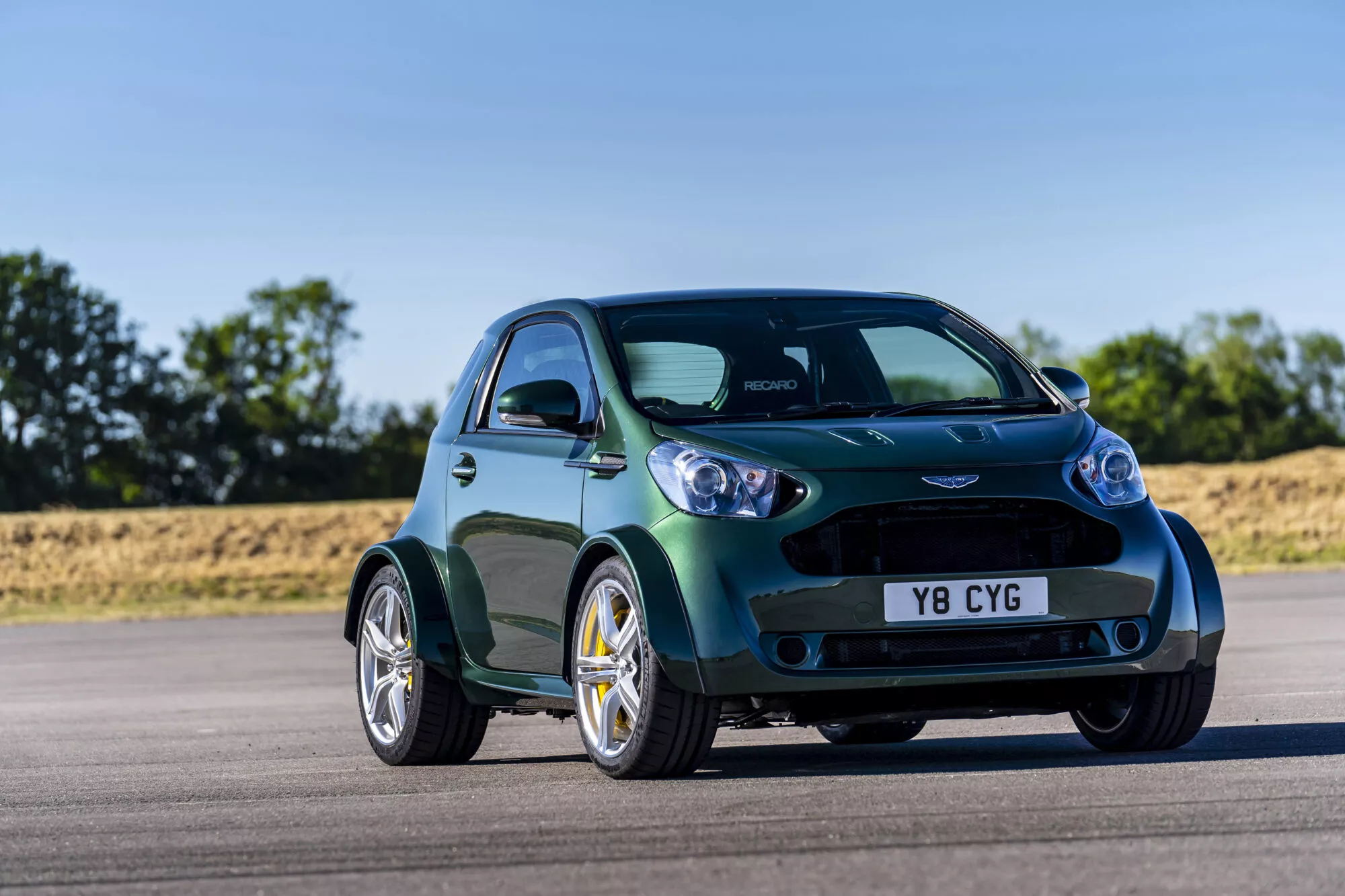
One Cygnet owner decided to take things to the extreme, commissioning Aston Martin to install a proper 4.7-liter V8 into the tiny city car.
The result? A ridiculously fast, luxury-packed urban rocket that showed what the Cygnet should have been from the start.
The Cygnet V8 remains a unique, one-off creation, proving that even the most unassuming cars can be turned into something extraordinary.
3. Audi Q7 V12 (2007-2015)
Engine: 6.0-liter twin-turbo V12
Horsepower: 493 hp
Torque: 738 lb-ft
0-62 mph: 5.5 seconds
The first-generation Audi Q7 was a massive SUV, much like most early German luxury off-roaders.
It boasted an array of high-end features and cutting-edge technology to impress buyers, along with a selection of powerful V6 and V8 engines to handle its substantial weight.
However, for those craving something truly outrageous, Audi introduced the Q7 V12.
This beast came equipped with a 6.0-liter twin-turbo diesel engine that generated an astonishing amount of torque surpassing that of many supercars and could launch the hefty SUV to 62 mph in a staggering 5.5 seconds.
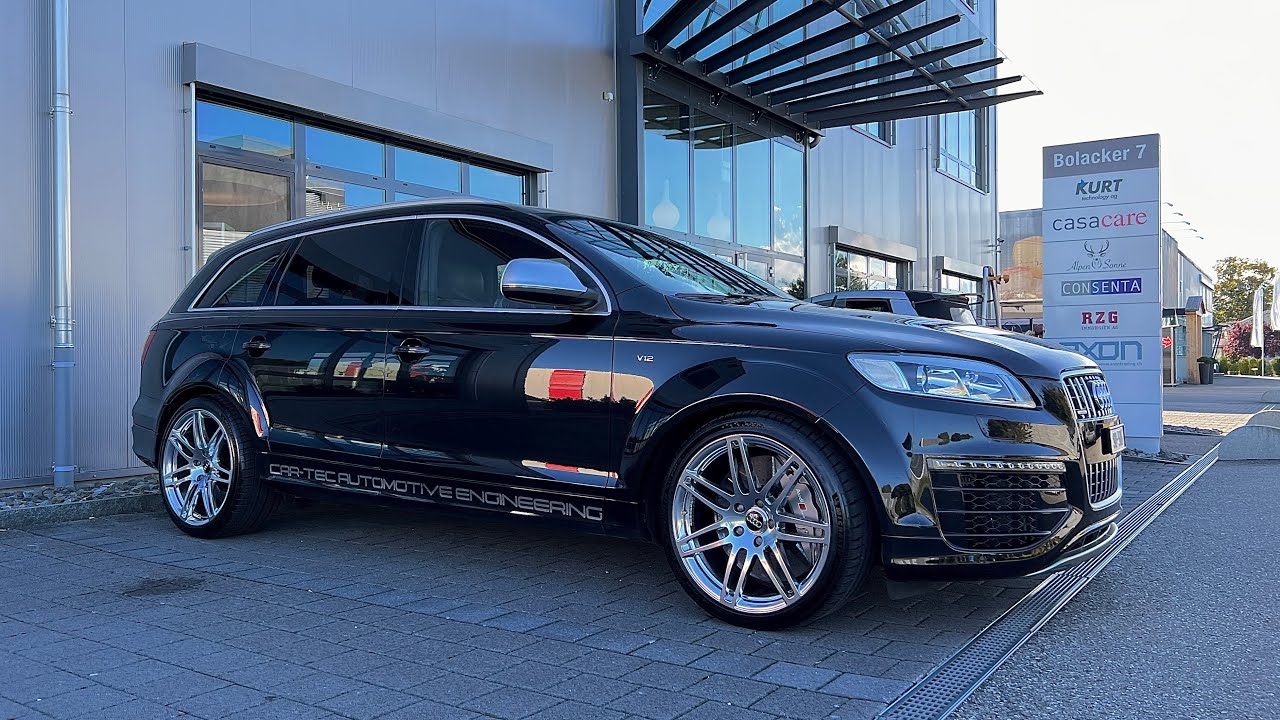
But why would the typically pragmatic engineers at Audi create such a monstrous machine? The answer lies in their motorsport success.
During the early 2000s, Audi’s diesel-powered race cars were dominating endurance racing, making it a logical step to showcase their technological expertise by installing a similar engine in a production model.
Given that it ran on diesel, one might expect decent fuel economy, and with a claimed average of 25 mpg, it wasn’t terrible.
However, it’s safe to assume that number would plummet into single digits with frequent use of its immense power.
4. BMW X5 V12 Le Mans (2001)
Engine: 6.1-liter V12
Horsepower: 700 hp+
Torque: 531 lb-ft
0-62 mph: 4.7 seconds
BMW’s high-performance M-badged X5 models have been a staple for years, and the BMW XM now stands as a dedicated M vehicle.
However, in the early 2000s, the very notion of a BMW SUV was a controversial one.
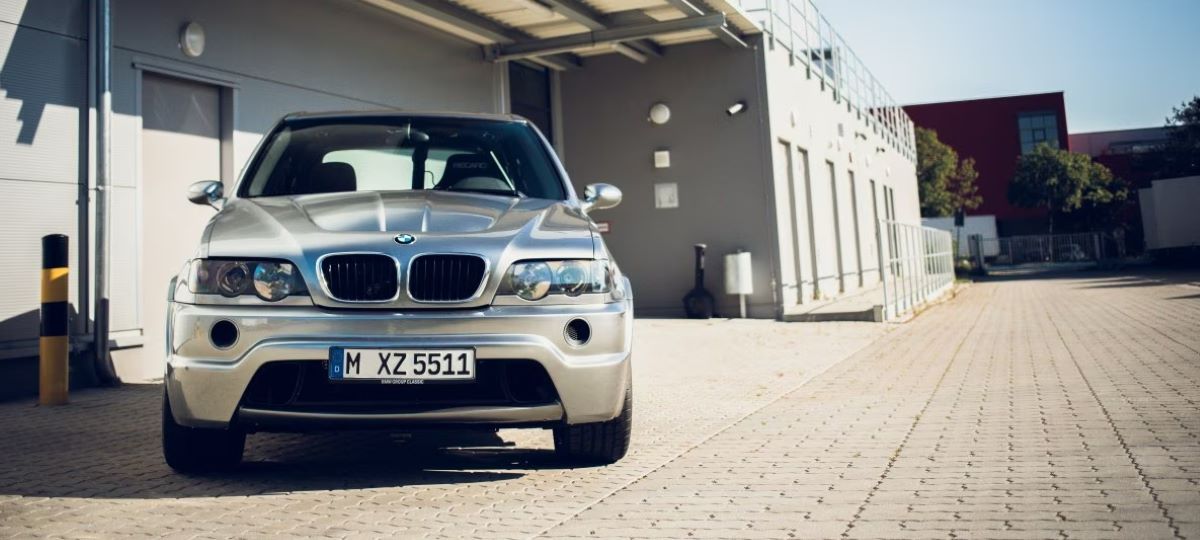
To help its traditional customer base warm up to the relatively new X5 and to demonstrate the model’s performance capabilities, BMW took things to the extreme by dropping in the 6.1-liter V12 engine from the Le Mans-winning McLaren F1.
Without the restrictive power limiters used in the race car, the engine’s output soared from 580 horsepower to over 700.
To further reinforce its racing pedigree, BMW outfitted the X5 Le Mans with high-performance brakes and a track-ready suspension setup.
The result was an SUV that could lap the Nürburgring in an astonishing 7 minutes and 42.25 seconds setting an SUV record that remained unbeaten for nearly two decades.
5. Ford Sapphire 5.0 V8 (1984-1988)
Engine: 4.9-liter V8
Horsepower: Estimated 216 hp
Torque: 276 lb-ft
0-62 mph: Estimated 8 seconds
During the 1970s and 1980s, South Africa’s motorsport scene experienced a significant boom, leading to the creation of several homologated road cars built with one goal dominate the competition.
This era produced some truly special models, such as the BMW 530 MLE, Alfa Romeo Giulietta Group 1, and Fiat 131 2000 Racing.
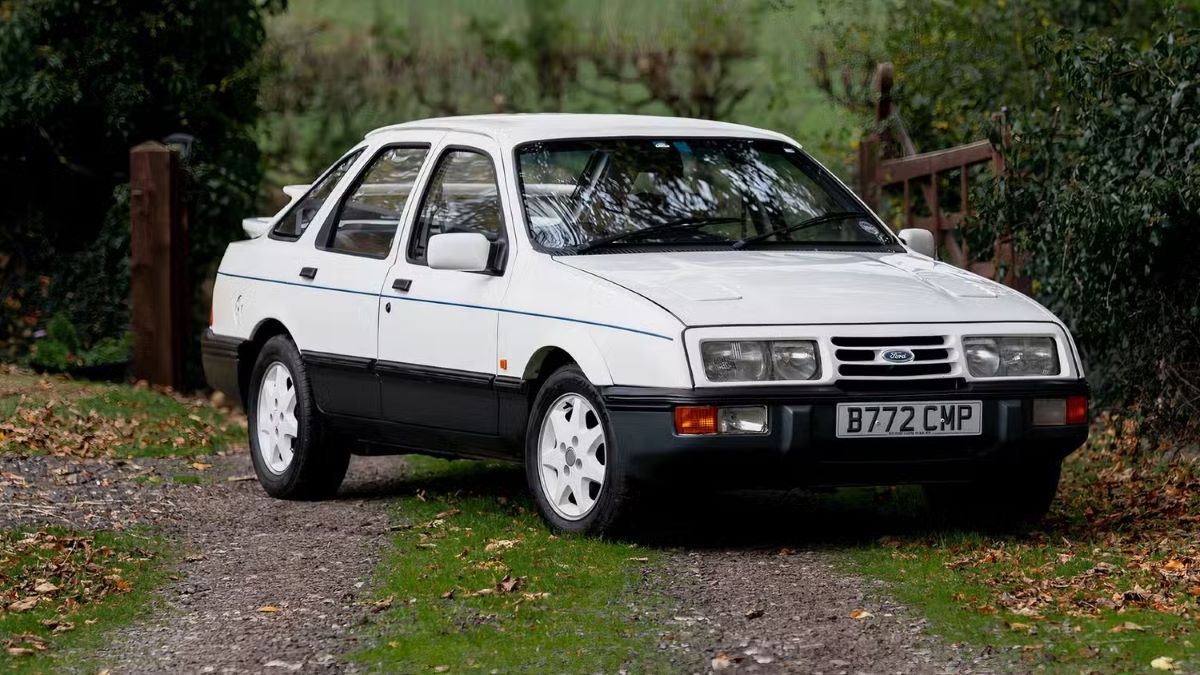
While each of these could have earned a spot on this list, we’ve chosen the brutish Ford XR8, thanks to its Mustang-derived V8 engine.
This model was based on the standard Ford Sierra equipped with a 3.0-liter V6, but extensive modifications were made to the engine bay, transmission, differential, and driveshaft to ensure the car could handle the immense torque being sent to the rear wheels.
The result was a wild performance sedan, of which only 252 units were produced, with just a small number ever making their way beyond South Africa’s borders.
6. Lancia Thema 8.32 (1987-1992)
Engine: 3.2-liter V8
Horsepower: 212 hp
Torque: 210 lb-ft
0-62 mph: 6.8 seconds
The Lancia Thema was a well-engineered European family sedan that shared its platform with the Saab 9000 and Alfa Romeo 164. It was a refined, comfortable vehicle, and in its 2.0-liter turbocharged variant, it delivered respectable performance.
However, no true Italian car would be complete without an element of extravagance or bold engineering, and for the Thema, this came in the form of the 8.32 model.
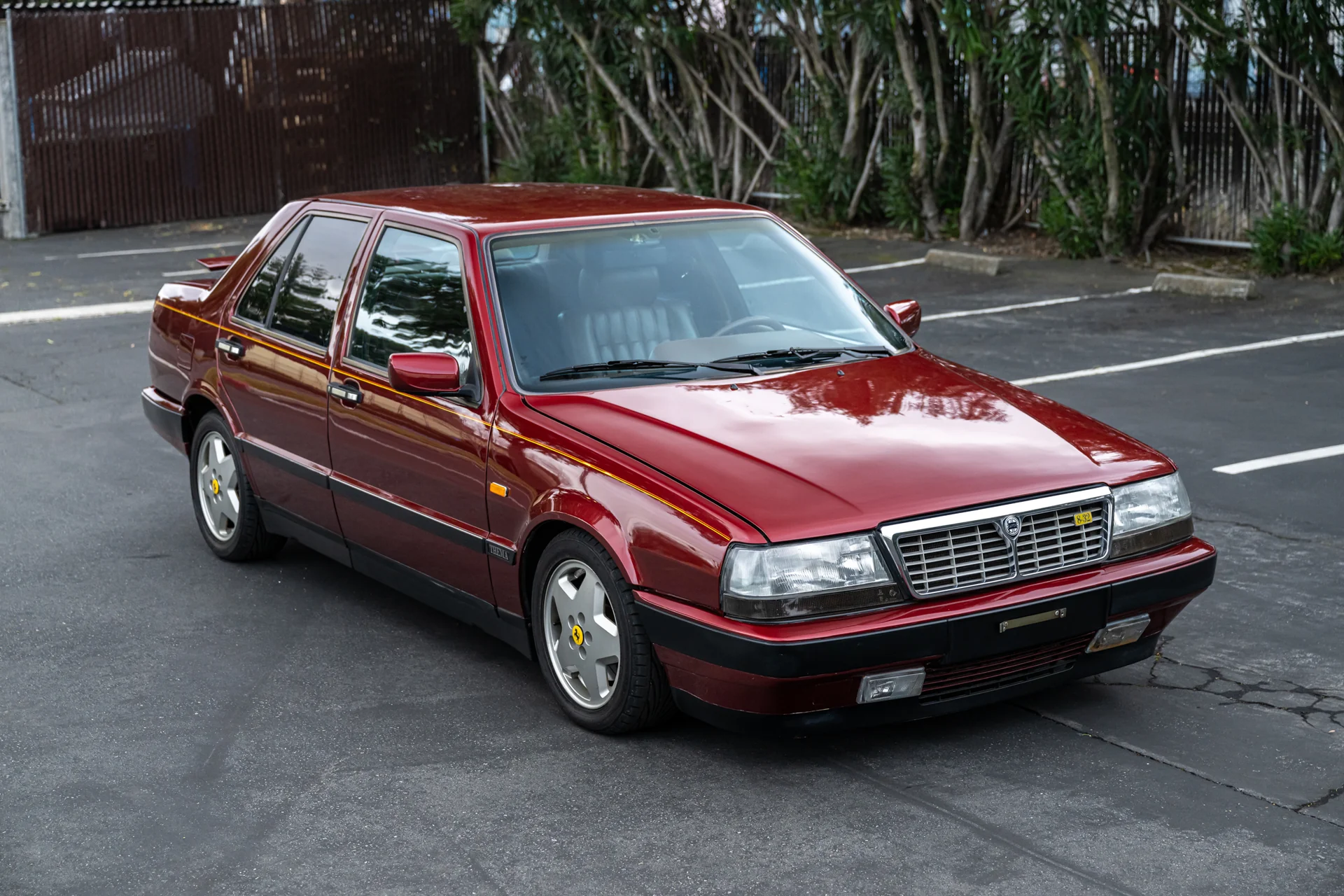
Topping the range, the Thema 8.32 was powered by a 3.2-liter V8 sourced from the Ferrari 328, though it underwent slight modifications to better suit its role in a luxury sedan.
Instead of a flat-plane crank, it used a cross-plane design, which slightly reduced peak power but resulted in a smoother and more torque-friendly performance.
Adding to its uniqueness, the Thema 8.32 also featured an automatic rear wing, marking the first time such technology was used in a production road car.
Also Read: The 10 Fastest Cars You Can Buy for Under $30K
7. Mercedes B55 AMG (2010)
Engine: 5.5-liter V8
Horsepower: 383 hp
Torque: 391 lb-ft
0-62 mph: Under 6 seconds
At first glance, this might seem like just another rear-wheel-drive, V8-powered Mercedes with AMG-worthy performance.
That’s a typical formula for most AMG models today, but the B55 AMG is something entirely different. It began life as a front-wheel-drive diesel city car an unassuming, practical runabout.
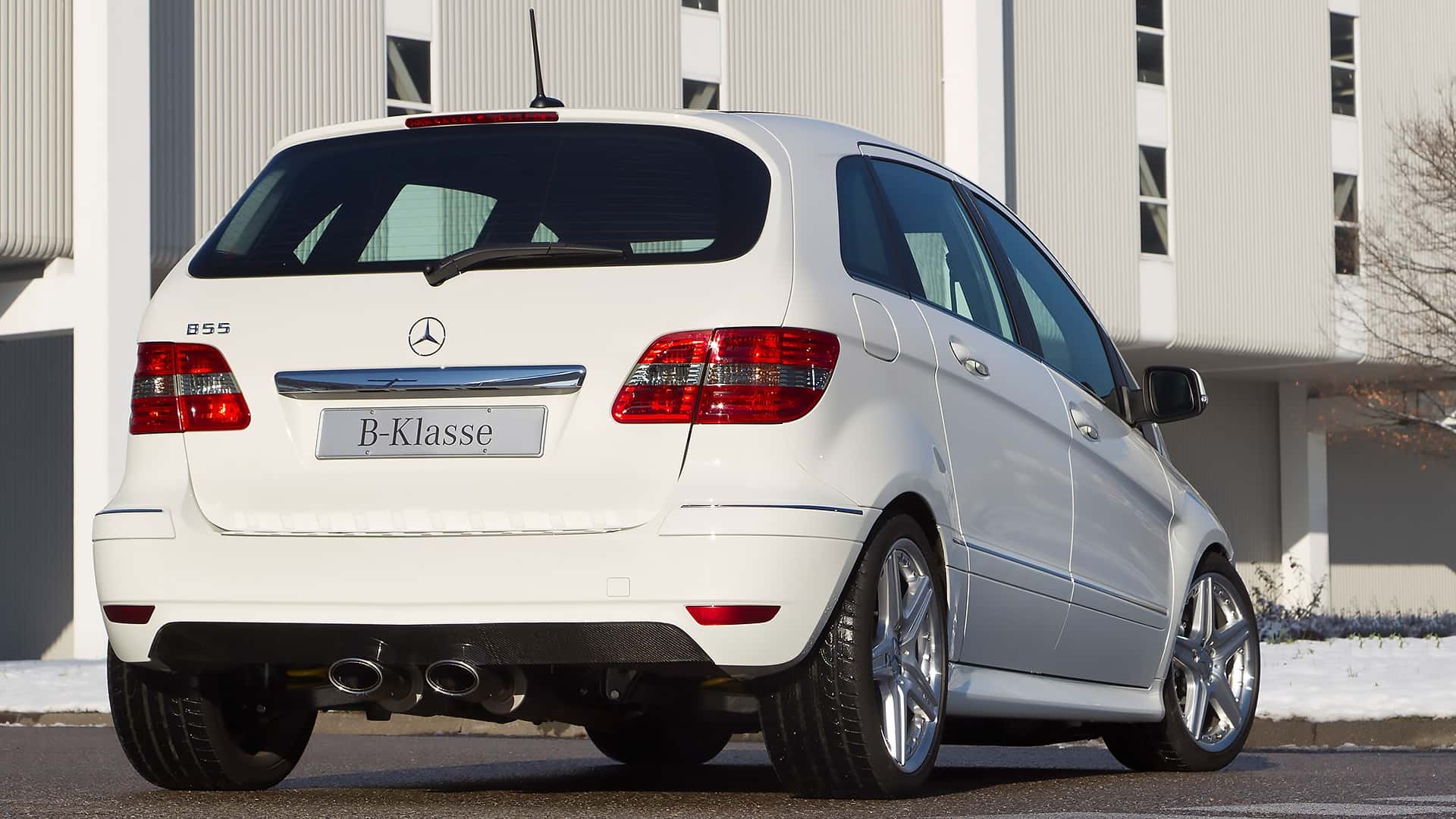
Its transformation into a tire-smoking beast is even more remarkable when you learn that it was the brainchild of a team of Mercedes trainees.
According to contemporary road tests, the B55 not only looked outrageous but also delivered an exhilarating driving experience with an incredible soundtrack.
Unfortunately, this high-performance experiment remained a one-off project, never making it to production.
8. Nissan Juke-R (2011)
Engine: 3.8-liter twin-turbo V6
Horsepower: 485 hp
Torque: 434 lb-ft
0-62 mph: 3.7 seconds
The Nissan Juke-R may have started as a marketing stunt, but when something is this outrageous, does it really matter?
At first glance, it appears as though someone splurged on the most extreme body kit available for the quirky Juke.
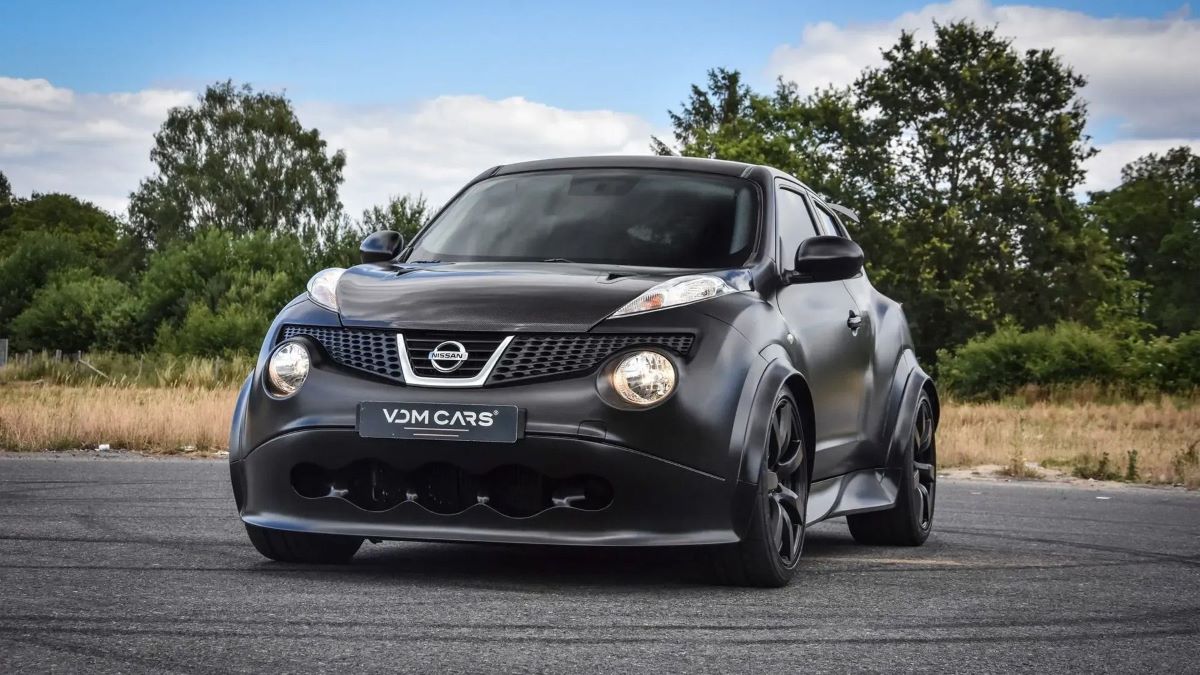
However, the real magic lies beneath its compact hood this unassuming city car was fitted with the twin-turbo 3.8-liter V6 from the mighty Nissan GT-R, along with its dual-clutch transmission and all-wheel-drive system.
Making it all work was no easy feat. The prop shaft had to be shortened, the body was widened to accommodate the GT-R’s wheels and brakes, and the interior was stripped of its rear seats to make room for a roll cage and racing-spec front seats.
Despite never being intended for mass production, two road-legal Juke-Rs were built and reportedly sold to the same customer. Nissan later revisited the idea with the Juke-R 2.0, this time pushing the power output to an incredible 600 hp.
9. Renault 5 Turbo (1980-1984)
Engine: 1.4-liter turbocharged Inline-4
Horsepower: 158 hp
Torque: 163 lb-ft
0-60 mph: Estimated 7 seconds
Some of the greatest road cars have emerged from motorsport homologation requirements, and the Renault 5 Turbo is a prime example.
Originally introduced in 1972 as a practical and affordable city car, the standard Renault 5 featured a front-wheel-drive layout and engines as small as 0.8 liters.
While the Alpine Turbo variant delivered a respectable 110 hp, it was the wild Renault 5 Turbo that truly stole the show.
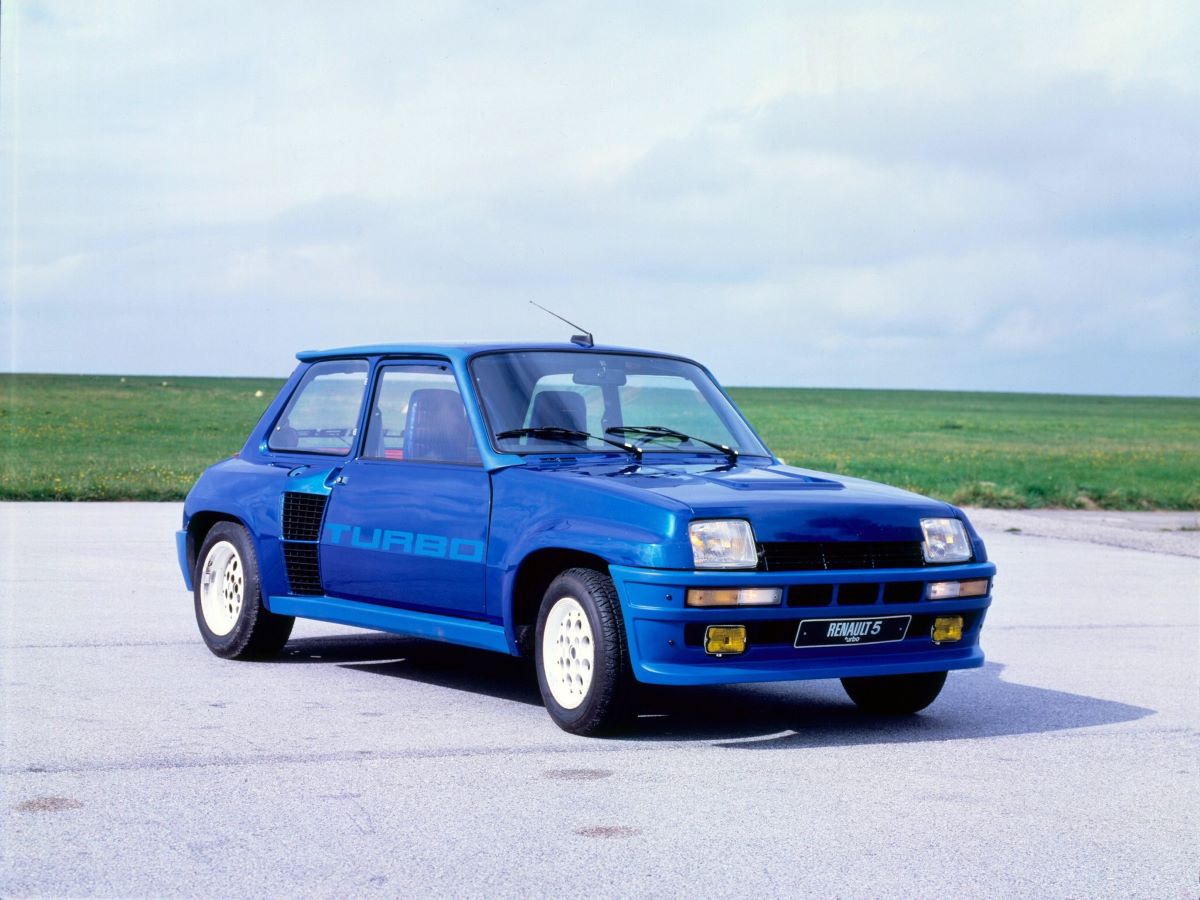
To compete in the Group 3 rally category, Renault engineers completely reworked the car.
They relocated the engine to the rear, converting it to rear-wheel drive, and reinforced various components using parts sourced from other Renault models to handle the additional power.
Once the necessary homologation numbers were met, Renault produced a second wave of slightly less extreme versions, dubbed the Turbo 2. Both variants remain among the most radical road-legal Renaults ever built.
10. Volkswagen Golf GTI W12-650 (2007)
Engine: 6.0-liter twin-turbo W12
Horsepower: 641 hp
Torque: 553 lb-ft
0-62 mph: Under 4 seconds
Volkswagen is renowned for crafting reliable and practical family cars, but every now and then, their engineers unleash their creative energy, resulting in something truly extraordinary.
The VW Golf GTI W12-650 is a perfect example. Designed as a one-off concept for the 2007 Wörthersee VW festival, it was an extreme reimagination of the beloved hot hatch.
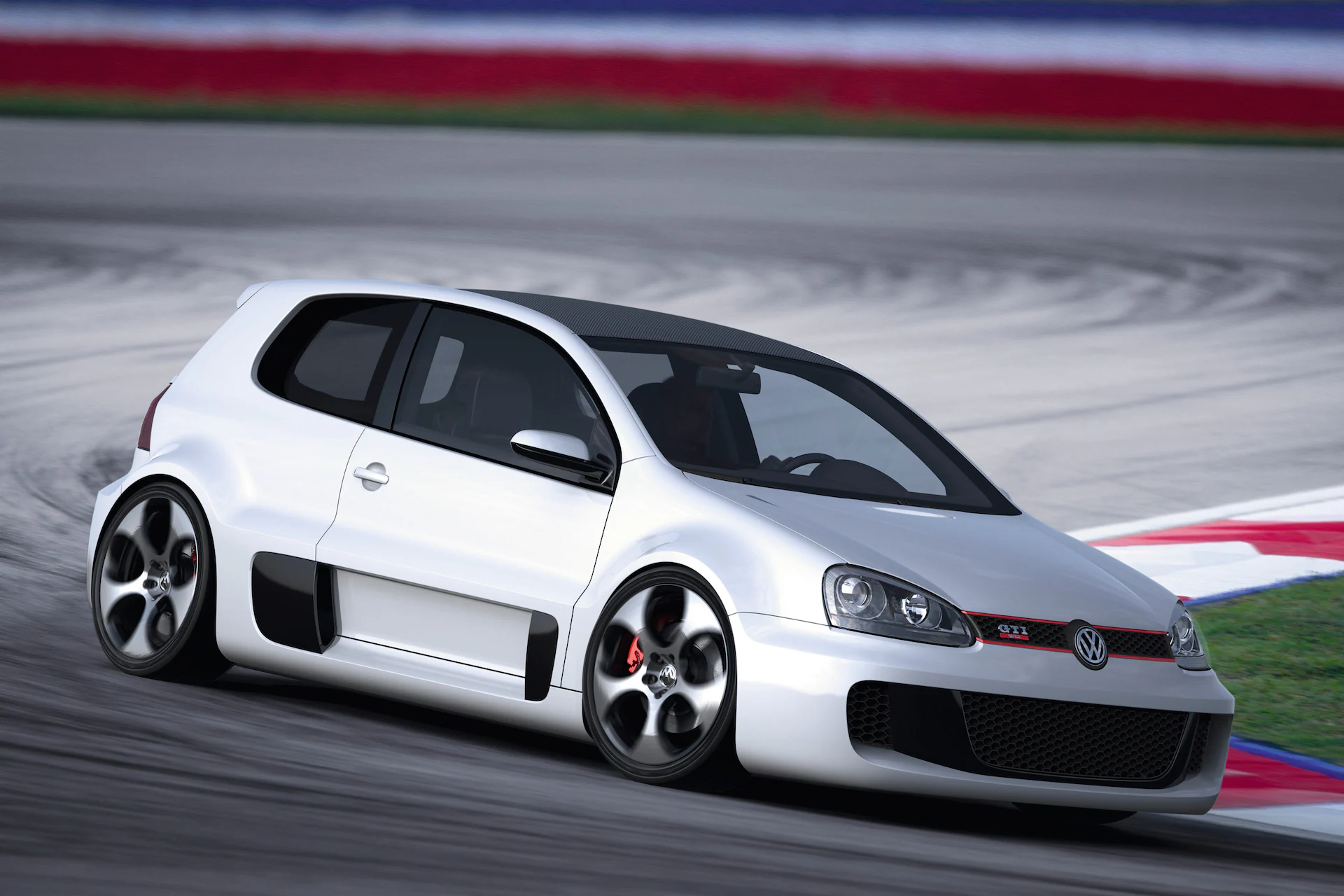
While the base was a Mk5 GTI, very little of the original car remained beyond its doors, hood, and lights. The rest was entirely re-engineered.
Power came from a monstrous 6.0-liter W12 engine sourced from the Bentley Continental GT, while the front brakes were borrowed from an Audi RS4, and the transmission came from a VW Phaeton.
The rear axle and brakes were lifted straight from a Lamborghini Gallardo, complementing the aggressive body kit. With a claimed top speed of 201 mph, this outrageous build might just be the fastest GTI ever created.

